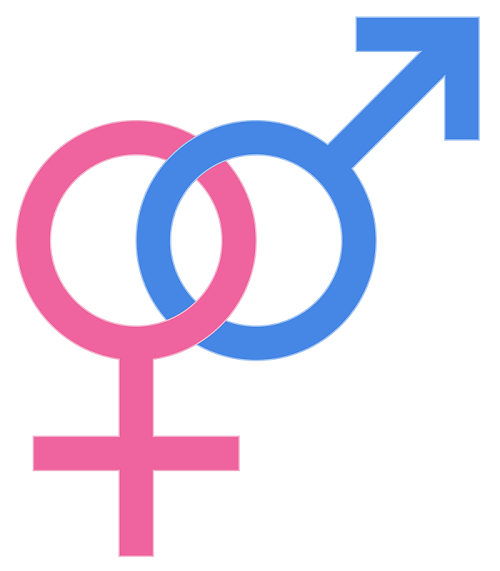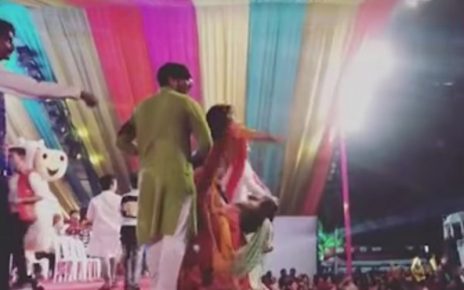The sex ratio in Gujarat has come down to 919 in 2011 from 920 in 2001 as against significant increase of 10 points in the national average during this period, according to the Socio-Economic Review for 2015-16 tabled in the State Assembly recently. As against the national figure of 943, the overall sex ratio of Gujarat was 919 in 2011, the Review said.
With 919 females for every 1000 males, Gujarat ranked 22nd among 28 states as per the 2011 Census. However, rural areas fared comparatively well in improving the ratio than urban centers. “In rural areas of the state, it has increased by 4 points from 945 in 2001 to 949 in 2011; while in urban areas it remained at 880 in both the years,” said the Review citing the Census records. As per the Review, there was an increase in sex ratio in the north-south belt of Gujarat except in Mehsana and Surat districts while Saurashtra region showed marginal decrease, except in Surendranagar and Porbandar districts.
Citing Census 2011, the Review stated that tribal district of Tapi is at the first position with a sex ratio of 1007 followed by other tribal districts Dang (1006) and Dahod (990), whereas Surat is at the last position with just 787 preceded by Ahmedabad with 904. The Review stated that migration from within and outside the state to urban areas was the key reason for the decline in sex ration there. “Large migration from within and outside the state into economically vibrant, industrial urban areas is one of the main factors for low sex ratio in Surat and Ahmedabad. “Combined with large share of urban population in the state, it reflects in a lower sex ratio for Gujarat as compared to all India ratio,” the Review stated.





